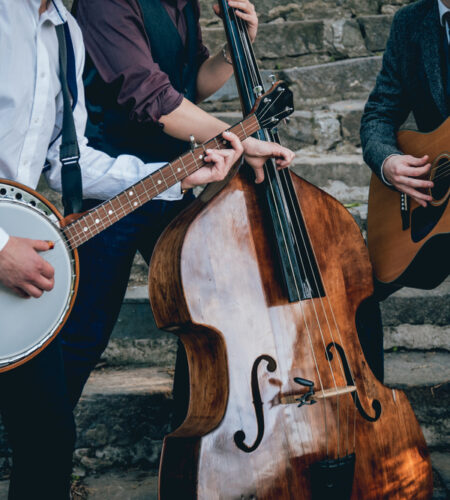In the rich tapestry of global musical traditions, folk songs hold a special place, capturing the essence of a culture’s history, values, and stories. When these songs are sung in a choral setting, they gain a new dimension, bringing people together in a harmonious celebration of cultural diversity. Choral singing of folk songs from around the world offers not only a delightful musical experience but also a deep connection to the heritage and shared humanity across cultures.

The beauty of folk songs lies in their simplicity and emotional depth. These songs, passed down through generations, reflect the joys, sorrows, and everyday life of people from all corners of the globe. In a choir, singers from diverse backgrounds come together to breathe life into these melodies, creating a vibrant tapestry of sound that transcends language and cultural barriers.
Choral singing, particularly of folk songs, is a powerful tool for cultural exchange and understanding. Each song tells a story, offering insights into the customs, traditions, and history of its origins. Choirs that focus on world folk music often take the time to learn about the context of each song, enriching the singing experience with a deeper appreciation of the culture it represents.


One of the most significant aspects of this practice is its inclusivity. Folk songs often have simple melodies and rhythms, making them accessible to singers of all skill levels. This inclusivity fosters a sense of community and belonging, as people from different backgrounds and ages come together to share in the joy of music-making.
For seniors and older adults, choral singing offers numerous benefits. It is a stimulating social activity that can combat loneliness and isolation, a common challenge in older age. Singing in a choir also provides cognitive and health benefits, such as improved memory, respiratory function, and mental well-being. The act of learning and performing songs in different languages can be particularly stimulating for the brain.
Moreover, choral singing of folk songs is an engaging way to preserve and promote cultural heritage. In an increasingly globalized world, these songs serve as a reminder ofthe rich diversity of human cultures and the importance of preserving these traditions. Choirs that perform these songs play a vital role in keeping these traditions alive and accessible to new generations.
Conclusion
In conclusion, choral singing of folk songs from around the world is a deeply enriching activity that offers more than just musical enjoyment. It is a celebration of cultural diversity, a bridge between generations, and a powerful tool for community building and cultural preservation. As more people engage in this art form, they not only experience the joy of singing but also contribute to the vibrant tapestry of global folk traditions.



Comments